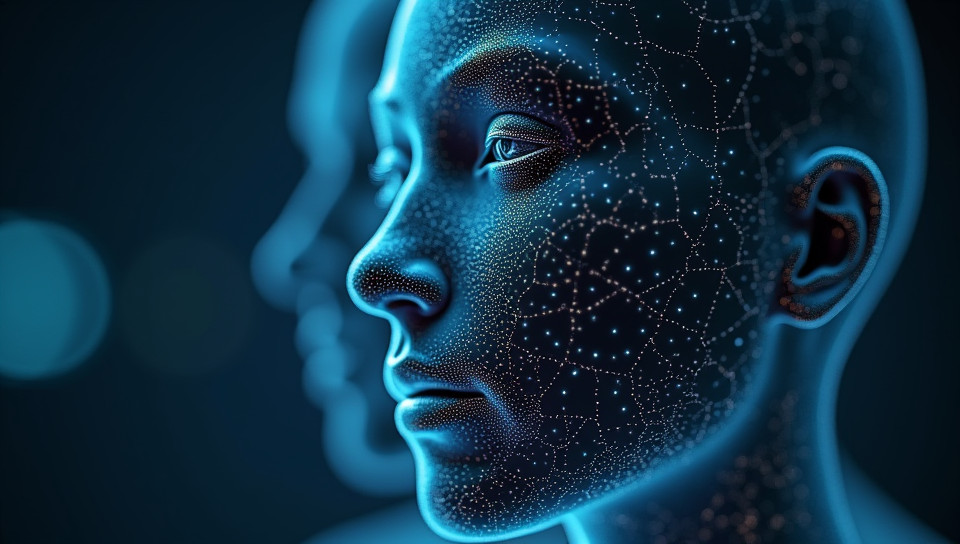Facial scans can lead to data breaches 90%

The Dark Side of Facial Recognition: How Scans Can Lead to Data Breaches
In today's world, facial recognition technology has become increasingly ubiquitous. From unlocking our smartphones to accessing secure buildings, our faces are being scanned and analyzed at an unprecedented rate. However, behind the convenience and efficiency of these systems lies a disturbing reality: facial scans can be a gateway to serious data breaches.
What Are Facial Scans?
Facial scans use advanced algorithms to capture and analyze the unique features of an individual's face. These features include the shape of the eyes, nose, mouth, and jawline, as well as the spacing between these features. By comparing these features against a vast database of known individuals, facial recognition software can identify people with remarkable accuracy.
The Risks of Data Breaches
While facial scans may seem like a secure way to access sensitive information or buildings, they are not immune to cyber threats. In fact, facial recognition systems have several vulnerabilities that hackers can exploit to gain unauthorized access:
- Unsecured databases: Many organizations store facial scan data in databases that are easily accessible to hackers.
- Poorly secured APIs: Facial recognition software often relies on APIs (Application Programming Interfaces) that connect multiple systems. However, these APIs can be vulnerable to cyber attacks if not properly secured.
- Outdated algorithms: Facial recognition algorithms can be outdated and prone to errors, making them susceptible to manipulation by malicious actors.
The Consequences of Data Breaches
A data breach resulting from facial scans can have severe consequences for individuals and organizations. Some possible outcomes include:
- Identity theft: With access to sensitive facial scan data, hackers can impersonate victims or steal their identities.
- Unauthorized access: Hackers can use stolen facial scan data to gain unauthorized access to secure buildings, systems, or information.
- Loss of trust: A data breach can erode public trust in facial recognition technology and lead to widespread rejection.
Protecting Your Data
While the risks associated with facial scans are real, there are steps that individuals and organizations can take to mitigate them:
- Implement robust security measures: Ensure that databases and APIs are properly secured against cyber threats.
- Regularly update algorithms: Stay up-to-date with the latest facial recognition technologies and algorithms.
- Educate users: Inform people about the risks associated with facial scans and how to protect their data.
Conclusion
Facial scans may seem like a convenient and efficient way to access sensitive information or buildings, but they can also be a gateway to serious data breaches. As we continue to rely on facial recognition technology, it's essential that we prioritize security and take proactive steps to prevent cyber threats. By doing so, we can protect our personal data and maintain trust in this rapidly evolving field.
- Created by: Jacob Navarro
- Created at: Feb. 18, 2025, 9:09 p.m.
- ID: 20927



